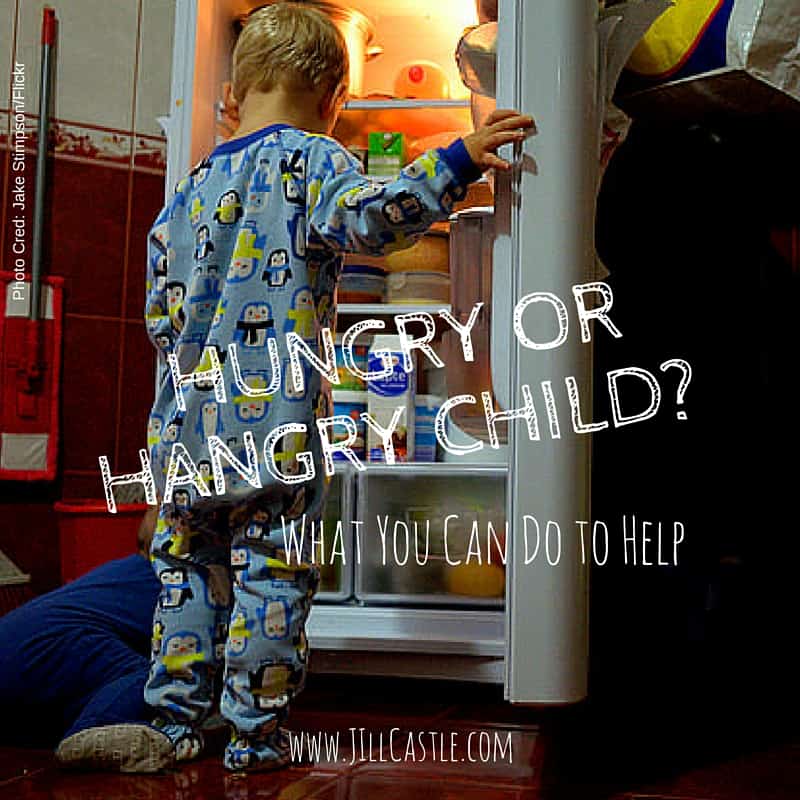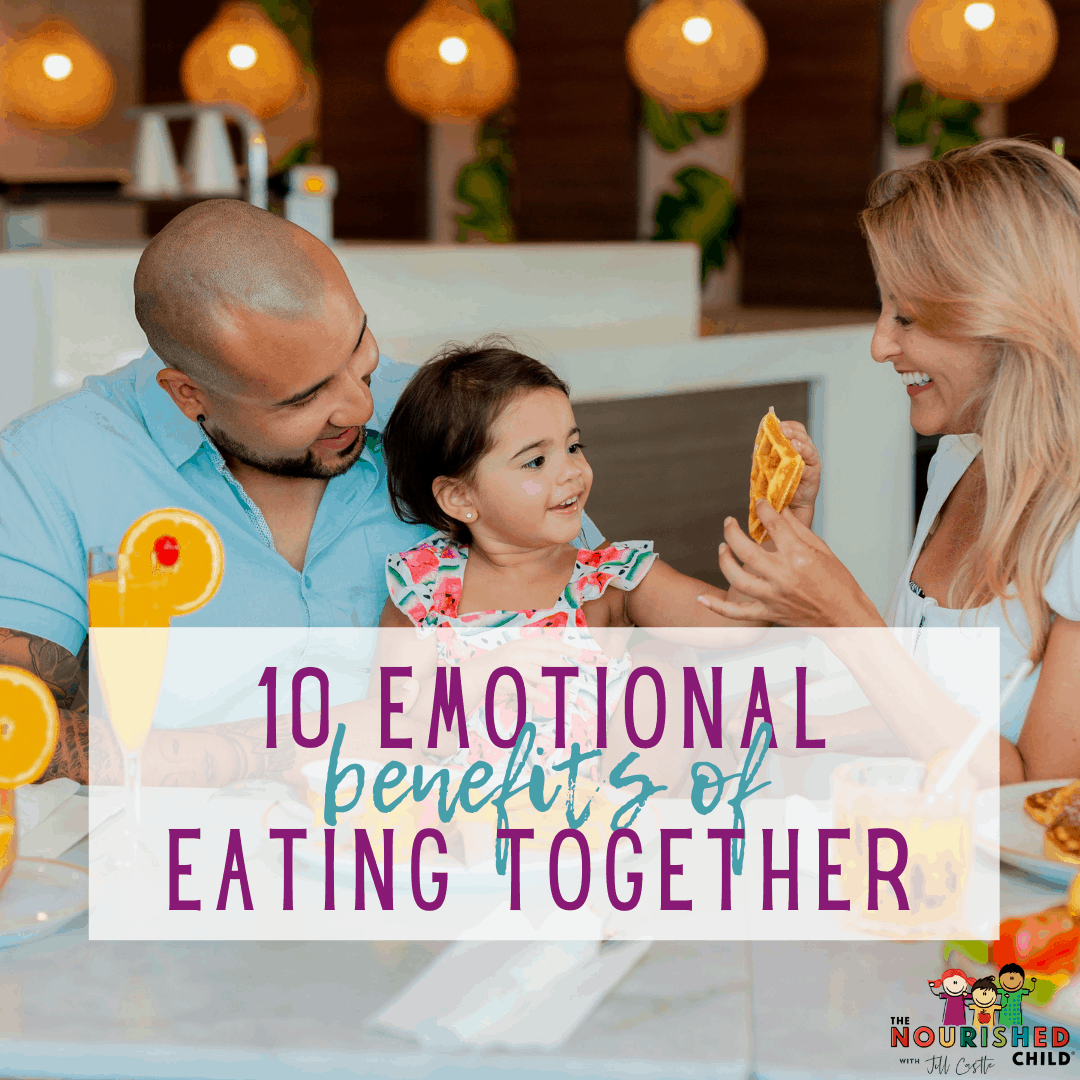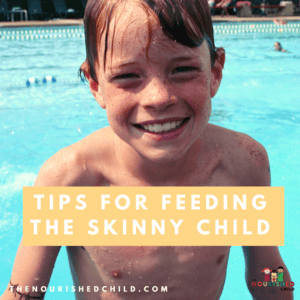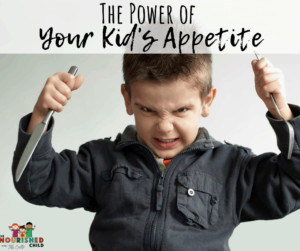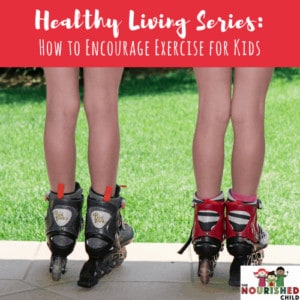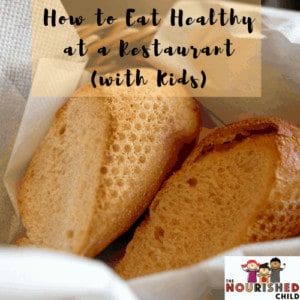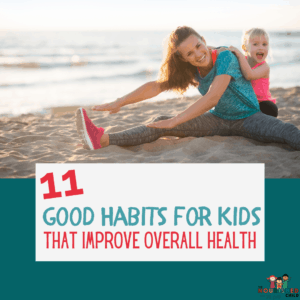Help for the Child with ADHD Who is Not Eating
November 26, 2023
Children with ADHD often struggle with appetite. Learn why children with ADHD lose their appetite and what you can do about it.
Kids with Attention Deficit Hyperactivity Disorder (ADHD) often experience loss of appetite due to the use of medications. Many families worry that their child with ADHD is not eating and look for ways to help.
Unfortunately, ADHD medication and weight loss is not uncommon in the pediatric population.
It’s one thing for your child to lose his appetite, but another when it’s compounded by weight loss or an underweight status.
Is this you? Are you watching your ADHD child lose weight?
State he’s not hungry?
Have no appetite?
In this article, you will learn:
- why children with ADHD experience a loss of appetite,
- how to increase appetite,
- and how to help your child gain weight.
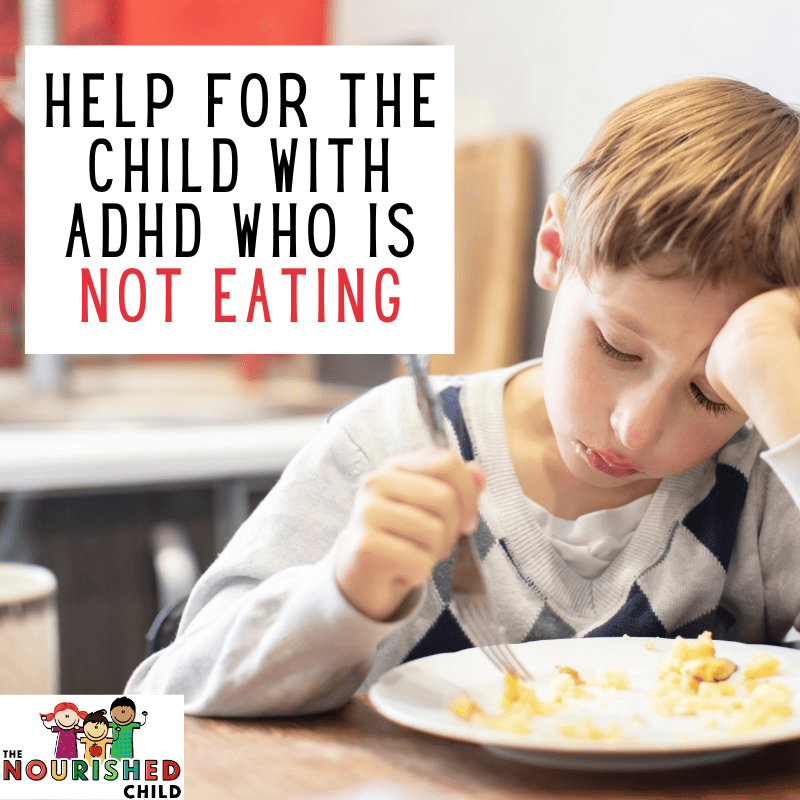
Erratic Eating and Appetite Swings in Children with ADHD
Tyler had ADHD. He didn’t have much of an appetite.
“He never seems very hungry,” his mother told me. “He picks at breakfast and lunch. After school, he’s hungrier, but doesn’t eat very much until the evening rolls around.
Then, he starts eating and never stops!”
His mom told me he was particular about what he wanted to eat, gravitating toward quick energy, low nutrient foods like crackers and sugary foods.
She also said he started having a loss of appetite when he started ADHD medications.
She worried that he wasn’t getting the right nutrition. He was experiencing weight loss and becoming underweight.
Does ADHD Cause Loss of Appetite?
One of the ADHD symptoms commonly seen in children is a lack of appetite, especially during the day. The condition of ADHD itself does not cause loss of appetite. However, the medical management of it may alter appetite.
When kids have ADHD, the optimal path for managing it depends on the child. Your healthcare team will look at the whole picture.
For example, if you have a young child, behavioral management training of parents may be the treatment of choice.
For a school age child, a combination of medication and behavior training may be most optimal.
Some parents look to adjustments in the diet as the primary treatment mode (and an alternative to starting medicine).
While a healthy ADHD diet is certainly beneficial, there isn’t evidence that it is an effective stand-alone mode of treatment.
A nutritious diet for ADHD is considered a complementary treatment to medication and behavioral management.
Nutrition is a complementary treatment for ADHD. It helps medication and behavioral management be more efffective. #ADHDdiet #healthyeating #brainfood Click To TweetADHD and Sensory Issues
Some children with ADHD also have sensory issues or food sensitivities and this can compromise their eating.
They may be picky eaters, or appear to have picky eating on the outside, but the characteristics of food, such as smell and texture, can send their sensory systems into overdrive.
The willingness to try new foods may be low and this can lead to less nutritious foods in the diet, and compromise a balanced diet.
If your child is picky and it’s interfering with his appetite, eating, weight and overall growth, you may need to engage with feeding therapy.
Check out my parent guide on extreme picky eating and how you can find more help.
Does ADHD Medication Cause Weight Loss?
When children receive ADHD treatment, they often start on medications to reduce their impulsivity and improve attention during their time in school.
While there are a myriad of medication options for ADHD, some carry the common side effect of stimulant medications, including reduced appetite, abdominal pain, and/or headaches.
Some studies indicate 30% of children experience reduced appetite on methylphenidate products (Concerta, Ritalin, Focalin, etc) and amphetamine products (Adderall, Vyvanse, etc).
Fifteen percent of children on atomoxetine (Strattera, Intuniv) experience no appetite.
Other research suggests up to 60% of children on medications experience loss of appetite, while 40% report abdominal pain, and 20% complain of headaches.
Use of medication can cause any of these symptoms and can lead to poor appetite, inadequate eating, nutritional deficiencies, and weight loss.
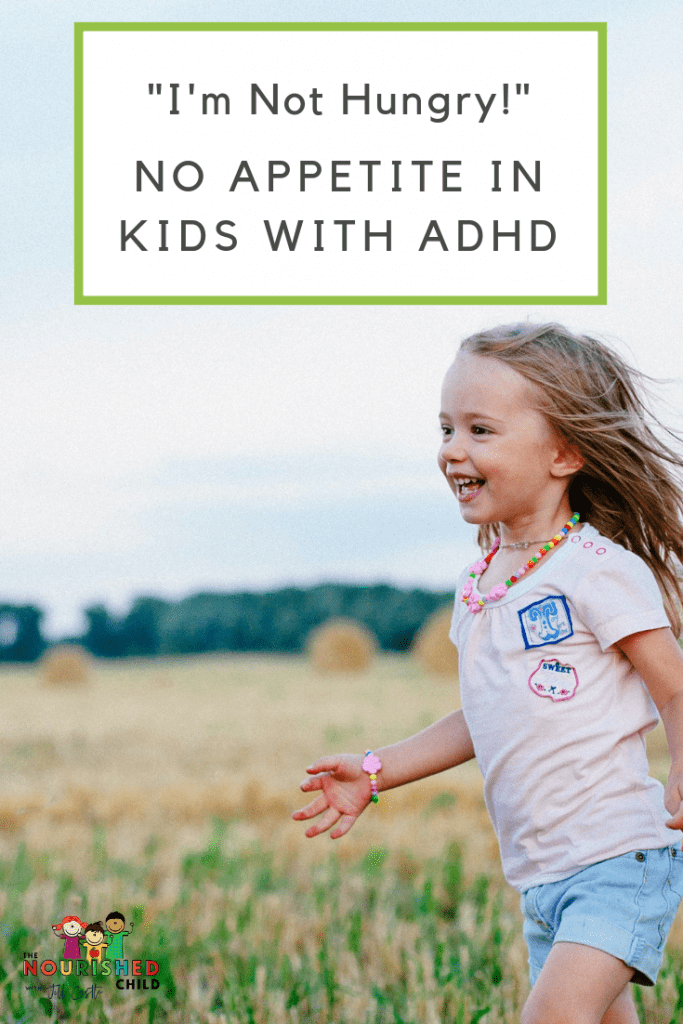
How to Gain Weight on ADHD Medication
The first thing is to think about ways to increase your child’s appetite.
One of the ways I teach my clients to do this is to improve the irregular eating habits that children with ADHD often have. In other words, I encourage families to get on a schedule for feeding meals and snacks.
For example, set regular meal times and schedule healthy snacks so they occur about every 2 to 3 hours for the toddler/preschooler, and every 3 to 4 hours for the school-age child.
One of the benefits of following a schedule for meals and snacks is that you are training your child’s body to experience the sensations of fullness and emptiness (hunger).
When a child eats, his belly fills up.
After 3 or 4 hours, his digestive system has cleared the way for more food, and the hormones that tell the brain “I’m hungry!” kick in. As a result, your child feels hunger.
When your child grazes all day, not only does he miss out on the opportunity to build an appetite and thus learn how to regulate his appetite and eating, he is more likely to eat foods of poor nutritional quality.
Another nuance: The framework of scheduled meals and snacks are opportunities for your child to eat.
They aren’t “have to eat” times.
However, getting your child to the table, whether he eats or not, is a primary goal.
It establishes a rhythm and routine for the day and for food.
Along with creating a schedule for meals and snacks, you want to establish boundaries that help reinforce your schedule.
One that comes to mind is The Kitchen is Closed policy.
In brief, it’s simply closing the kitchen between meals and snacks which helps to create those breaks when your child isn’t eating.
A Variety of Food May Improve Brain Function
Brain function relies on nutrients. When a child doesn’t eat for hours, it can cause reduced attention, lack of focus, fidgeting, mood swings, and emotional outbursts.
Nutrition alone can make a big difference in how your child operates. Nutritious meals and snacks provide essential nutrients that help the brain function optimally.
My Child with ADHD Needs to Gain Weight
When kids with ADHD are underweight, the goals are a bit different.
For one, helping your child gain weight is a top priority.
Why? Because when kids are at an optimal weight, they grow well, and we can assume they are getting the energy they need to function well.
However, just because your child’s food consumption is full of plenty of high-caloric foods for weight gain doesn’t mean those calories are ideal.
We know that children with ADHD have nutrients that are at risk in their diet.
Elements like magnesium, iron and omega-3 fatty acids.
I take a deep dive into this in my online program called The ADHD Diet for Kids.
Bottom line: You want to correct an underweight status by helping your child gain healthy weight.
In other words, the type of weight gain that contributes to overall functioning and health at the same time.
I have a few tips that I think you’ll find helpful.
Add these to the scheduled meals and snacks recommendation and ‘Kitchen is Closed’ policy above.
Certain foods are high calorie and nutritious. Work some of these into your meal preparations.
Favorite Weight Gain Foods for ADHD
- Eggs
- Beans, especially in dips (hummus), soups (black bean or chili) or mixed into dishes (pasta, rice)
- Peanut butter and other nut butters
- Nuts (offer age-appropriately as these can be a choking hazard for young children)
- Chicken drumsticks and thighs (with skin)
- Hamburger
- Turkey (dark meat from thighs or legs)
- Deli meats
- Cheese (slices, sticks, cubes, shredded, etc)
- Milk (whole or 2%)
- Full fat yogurt
- Cottage Cheese
- Banana
- Mango
- Canned fruit
- Dried fruit
- Potato
- Sweet potato
- Avocado
- Edamame
- Black olives (and others)
- Corn
- Peas
- Filled pastas such as tortellini, ravioli and gnocchi
- Fruited bread like raisin bread
- Muffins
- Bagels
- Granola (bars, bites, etc)
- Some ready-to-eat cereals (with clusters or dried fruit)
- Butter
- Plant oils such as olive and vegetable
- Mayonnaise
- Sour cream
- Cream cheese
- Guacamole
- Hummus
- Tapenade (olive dip)
- Salad dressing
- Jelly and jams
Take care to watch for excessive artificial food colors in the foods you feed your child with ADHD.
Add More Calories to Foods When Your ADHD Child is Underweight
If your child has a low body mass index, or has been stalling on the growth chart, or losing weight, you’ll want to make some dietary changes. Boosting calories in the foods your child already likes and eats is another approach to increase the overall caloric content of the diet and promote weight gain.
Try These Tips:
- Add butter to vegetables, pasta, rice, and breads in generous amounts.
- Substitute whole milk, half and half, or cream in recipes calling for water or milk.
- Double dress pasta by draining first, adding olive oil to coat, then add sauce, butter, cheese.
- Use fruit dips or whole milk yogurts as a high calorie dip for fresh fruits.
You can find more calorie-boosting suggestions in my article about helping toddlers gain weight. Be careful to avoid relying on sugary foods for extra calories. These won’t offer the nutrients your child needs.
ADHD Food Fixation
Some kids may be fixated or appear to be obsessed with food. They may be dopamine seekers. Dopamine is a feel good chemical in the brain, and sweet foods and other sources of simple carbohydrate, particularly, may trigger a dopamine release.
As such, kids with ADHD may hyper-fixate on sweets and treats, and binge or overeat them.
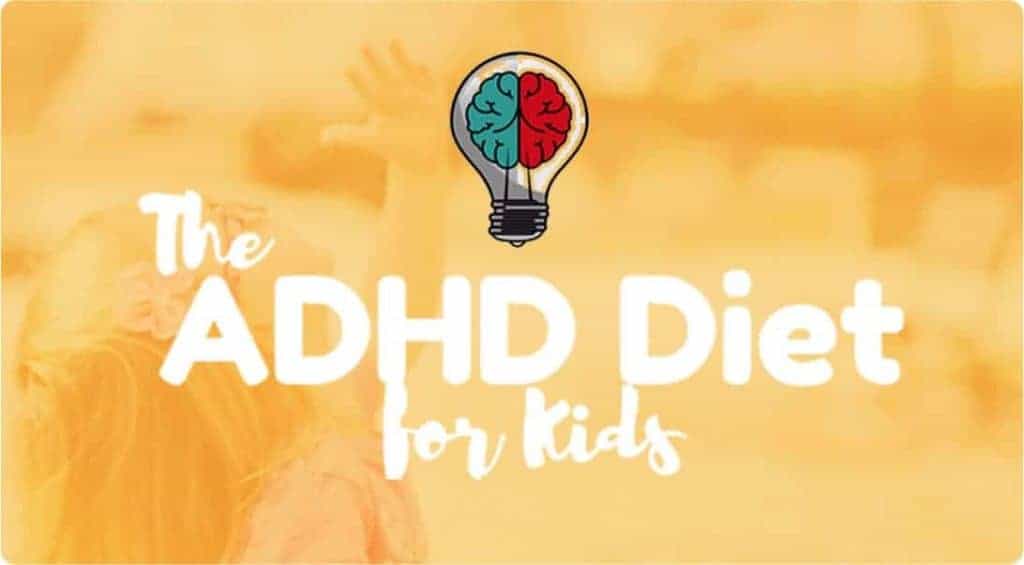
Learn what it takes to nourish and nurture the child with ADHD.
Need More Help with ADHD and Appetite?
The ADHD Diet for Kids is a program for parents of children with ADHD.
Learn how to choose the right foods, the ideal balance of nutrition, and fill in the nutrient gaps.
Master positive feeding including structure, boundaries, and choice, while setting your child up for healthy choices down the road.
Check out my other ADHD resources for families.



